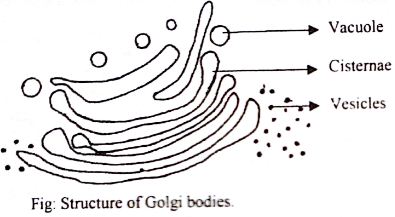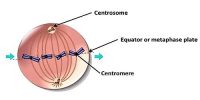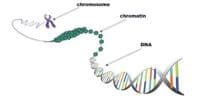Golgi body is a unique cytoplasmic organelle of animal cell. They are few in number. They are usually found in a group close to nucleus in most of the eukaryotic cells. In lower plants, Golgi bodies remain scatteredly distributed in the cytoplasm.
Discovery: In 1898, an Italian scientist Camelo Gulp first discovered Golgi body.
Structure: Three components are present in Golgi bodies
(i) Compressed sac/cysternae
(ii) Minute vacuole/vesicles
(iii) Large cavity/vacuole

- Compressed sac: The long, compressed tubular organs different in length which are arranged parallel) are called cysternae.
- Minute vacuoles: Below the cysternae, there are some sac like structures which are smaller in size are known as vesicles
- Large vacuoles: The round sac like structures lying close to cysternae is known as vacuole.
Chemical structure: The different components of Golgi bodies, mentioned above are composed of phospholipids, protein, different enzymes and vitamin “E”.
Functions:
(i) It secretes the essential elements for the formation of cell wall.
(ii) It acts as a store house for different substance.
(iii) It also secretes some non protein substances.













